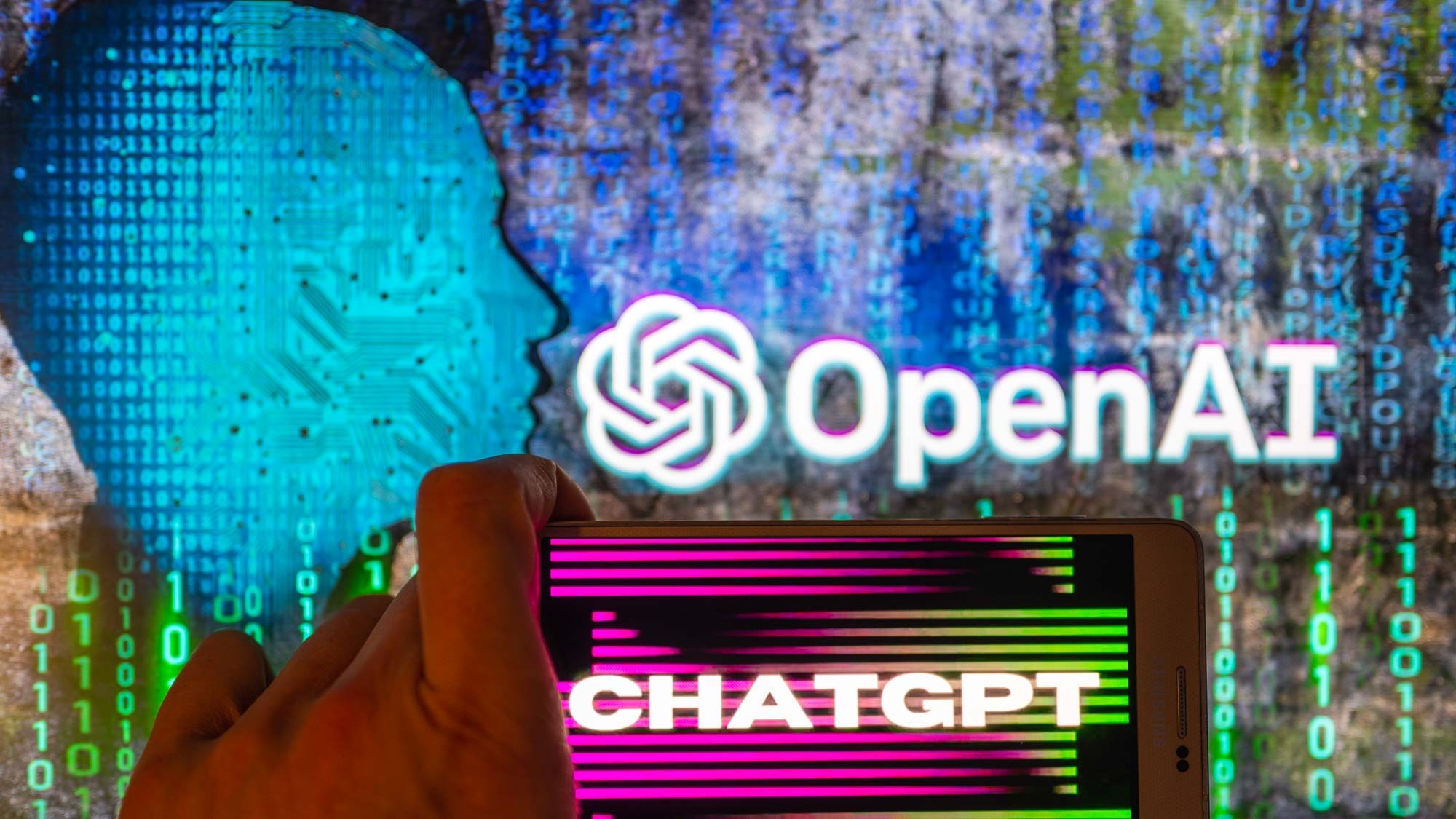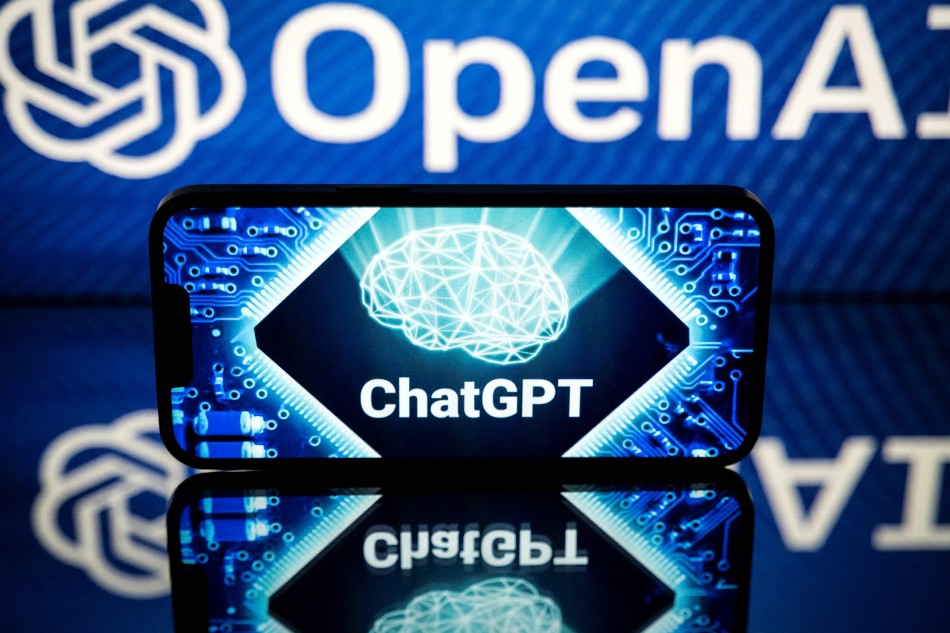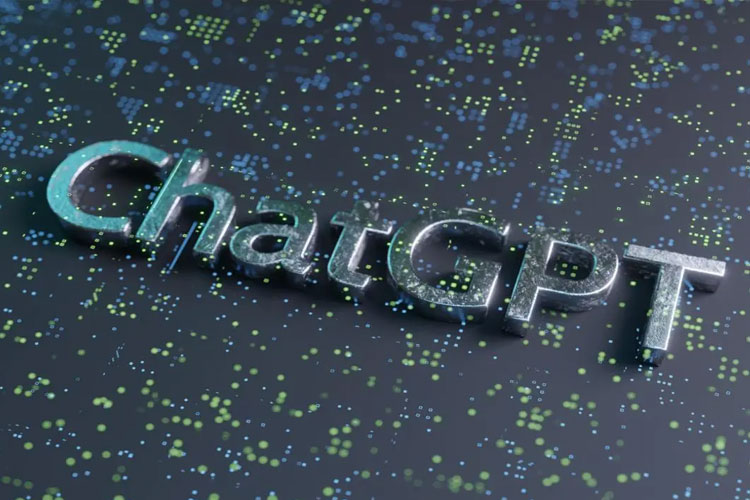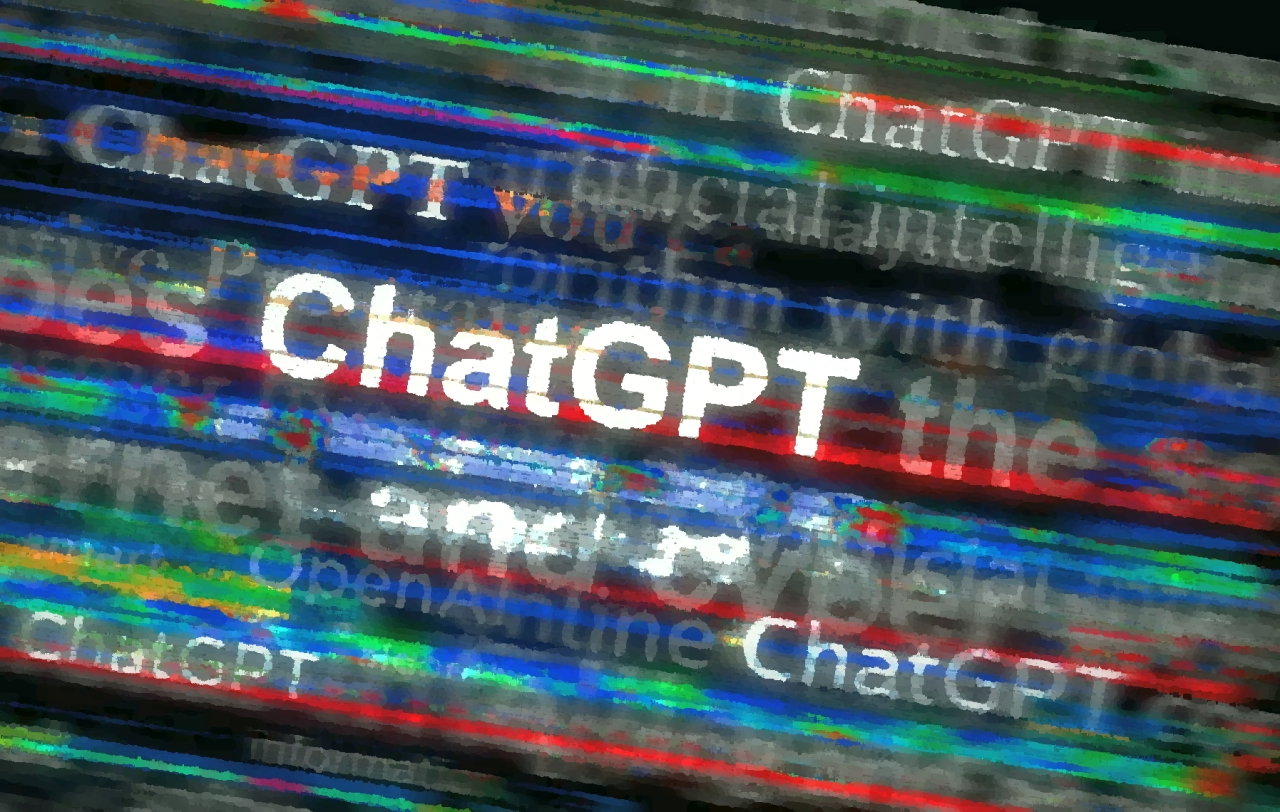ChatGPT's New Feature Raises Concerns: The Ethics of AI-Generated Images of Politicians
Table of Contents
- Big Tech in charge as ChatGPT turns one | ABS-CBN News
- Experts Warn ChatGPT Could Soon Become A Cyber Threat: Here's How - News18
- Study finds ChatGPT provides better advice than professionals - ABC News
- ChatGPT Bikin Artikel tentang Bisnis? Begini Hasil Tulisannya! - ESKABER
- ChatGPT 解释:它是什么,为什么重要? - Windows12之家
- Inilah Ancaman dan Peluang Aplikasi ChatGPT yang Perlu Kamu Tahu ...
- I made a news site where ChatGPT sorts news by importance : r/ChatGPT
- New ChatGPT features are here
- ChatGPT Berguna dalam Melebarkan Bisnis, Ini Buktinya - Mobitekno
- Will ChatGPT replace humans? - Asia News NetworkAsia News Network

ChatGPT's image generation capability is based on advanced algorithms that can create realistic images of individuals, including politicians, based on text prompts. While this technology has the potential to be used for benign purposes, such as creating educational materials or satirical content, it also poses significant risks. The ability to create fake images of politicians can be used to spread misinformation, manipulate public opinion, and undermine trust in institutions.


The Risks of AI-Generated Images


Furthermore, the use of AI-generated images can also be used to harass or intimidate politicians, or to create fake social media profiles that mimic real politicians. This can lead to a breakdown in trust between citizens and their elected representatives, and can undermine the integrity of the democratic process.


The Importance of Responsible AI Development


This can include implementing measures such as watermarks or digital signatures to identify AI-generated images, as well as providing tools and resources to help users verify the authenticity of images. Additionally, ChatGPT should establish clear guidelines and policies for the use of this feature, and take steps to prevent the spread of misinformation and harassment.
The introduction of ChatGPT's image generation feature raises important questions about the ethics of AI development and the potential consequences of this technology. While AI has the potential to bring numerous benefits, it is essential that developers prioritize responsible AI development and take steps to prevent the misuse of this technology.As we move forward in this era of rapid technological advancement, it is crucial that we prioritize transparency, accountability, and human values in AI development. By doing so, we can ensure that AI is used for the betterment of society, rather than to undermine it. We stress the importance of responsible AI development and encourage ChatGPT to take steps to prevent the misuse of its image generation feature.
Note: This article is for general information purposes only and is not intended to be taken as professional advice. The views and opinions expressed are those of the author and do not necessarily reflect the views of any organization or entity.